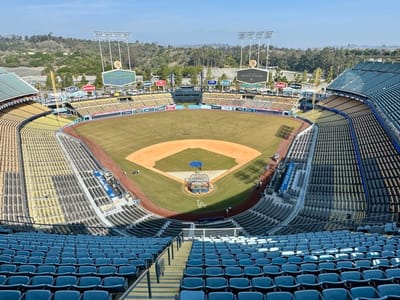NG-11 space launch trip: day 1

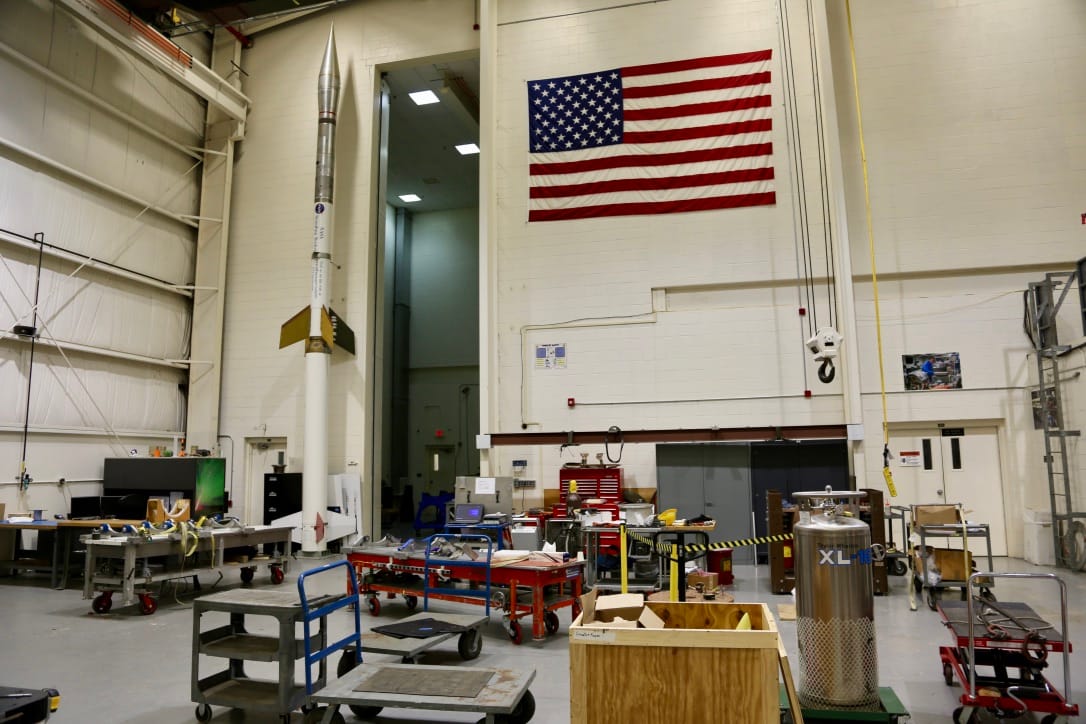

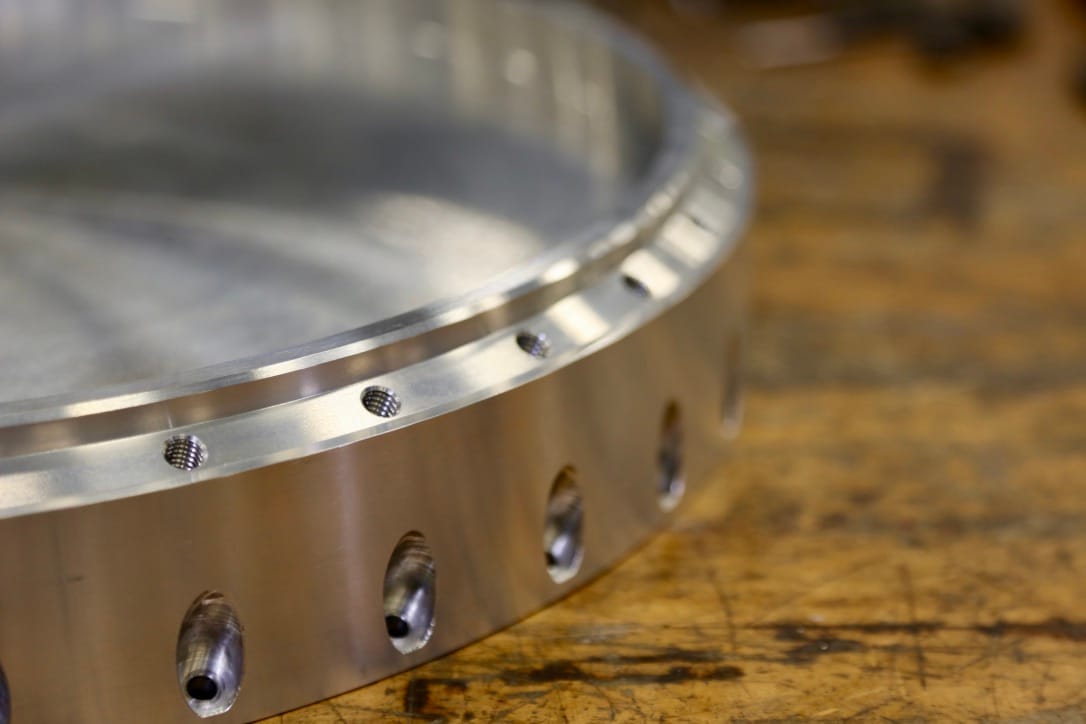

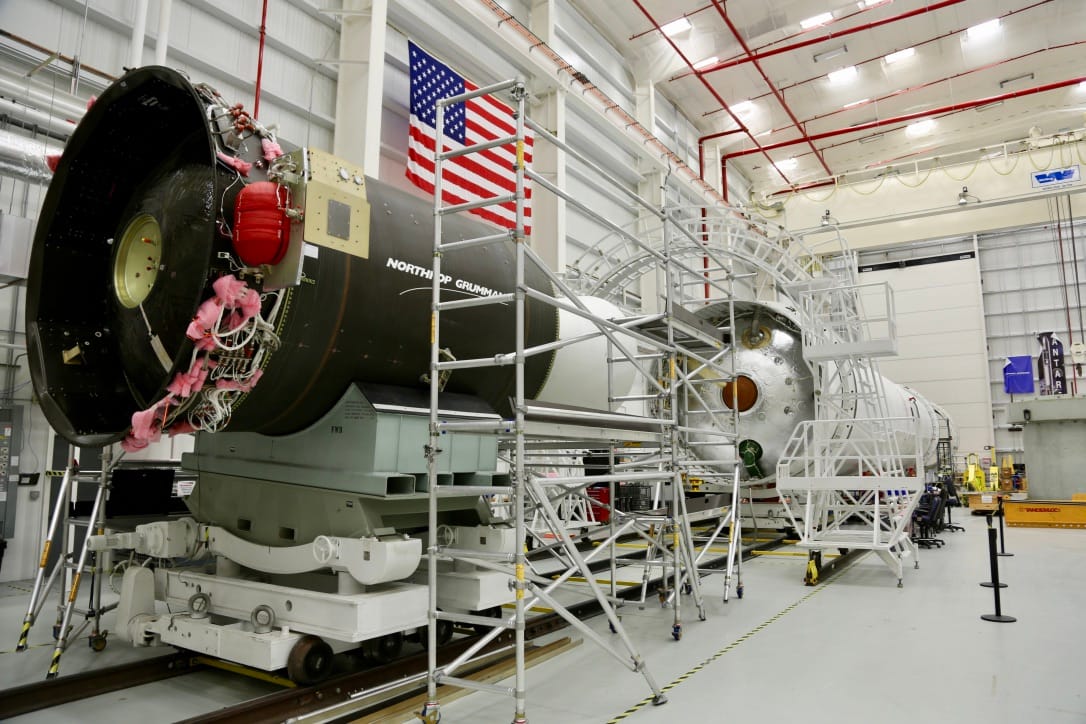
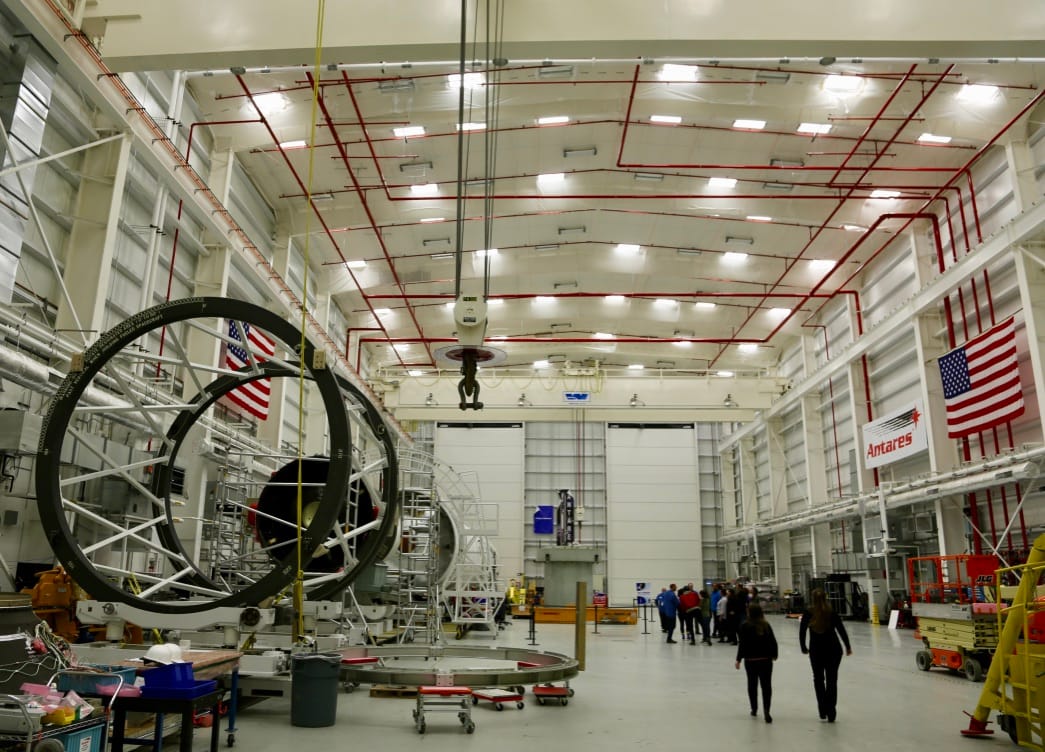

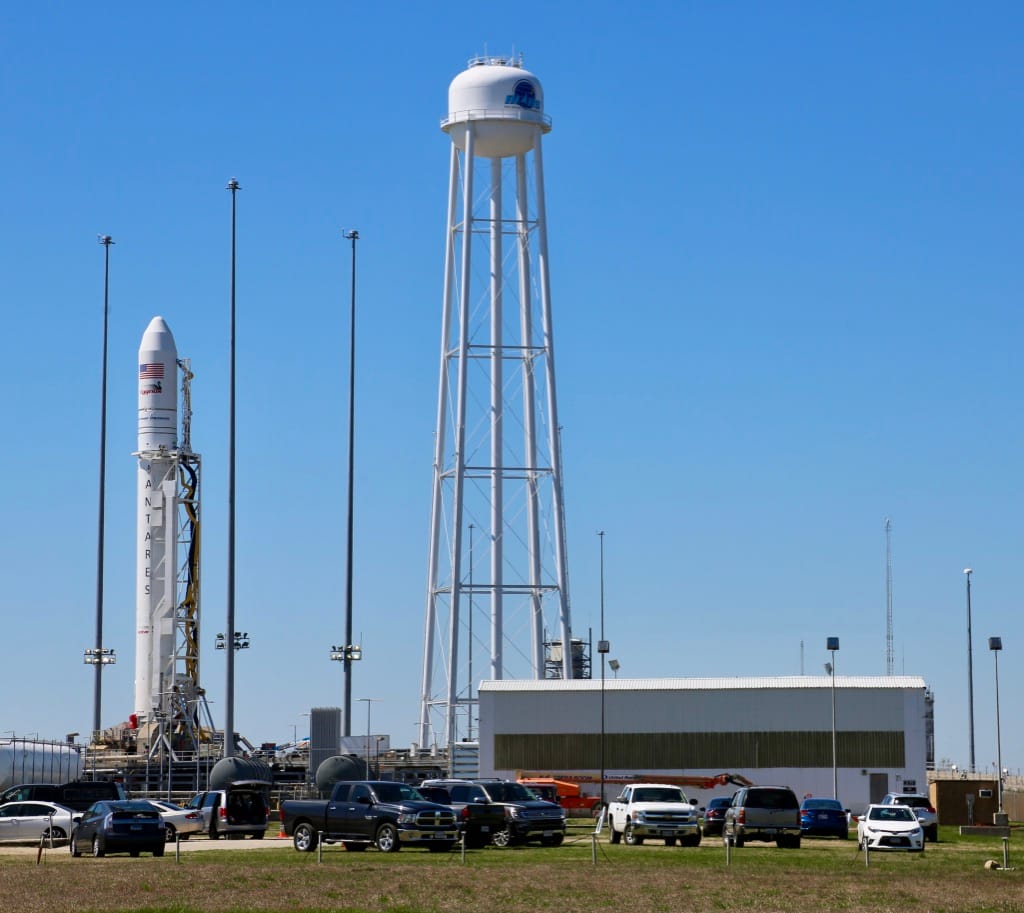
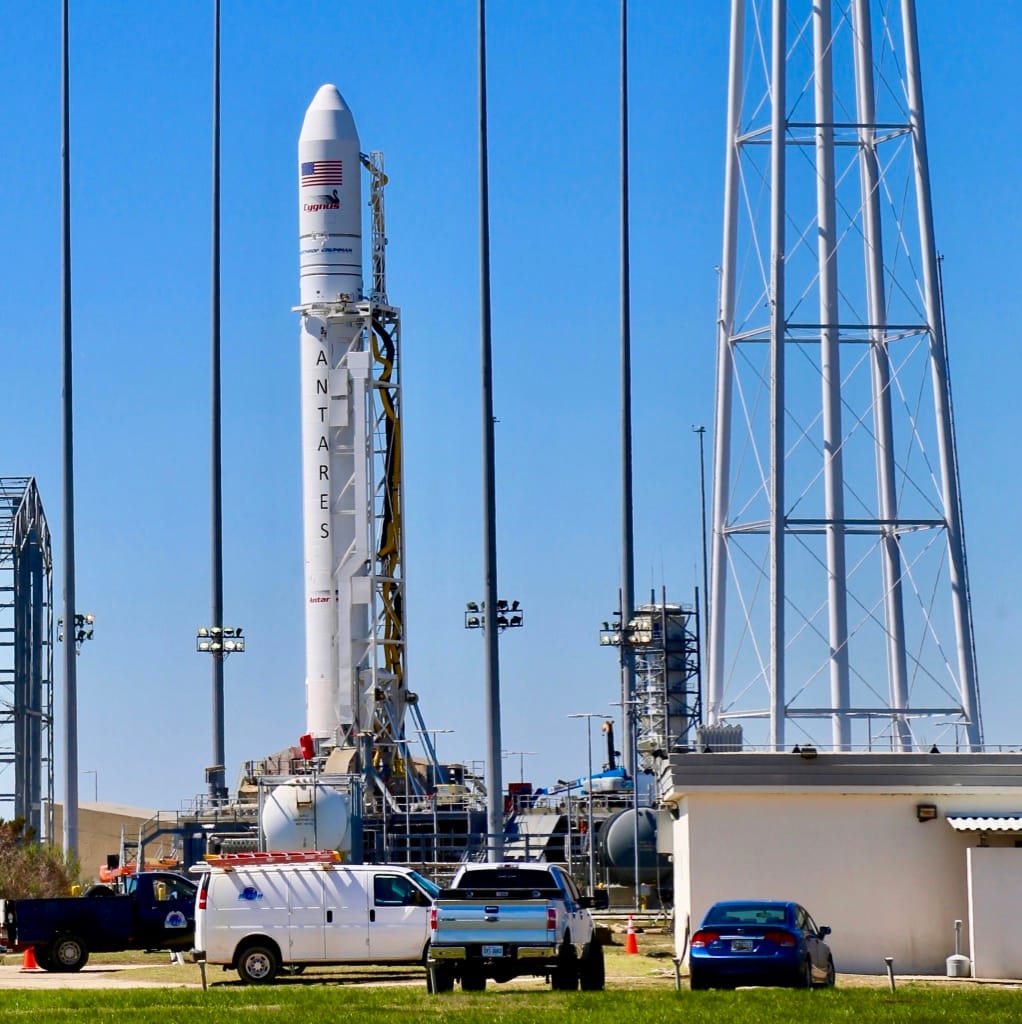
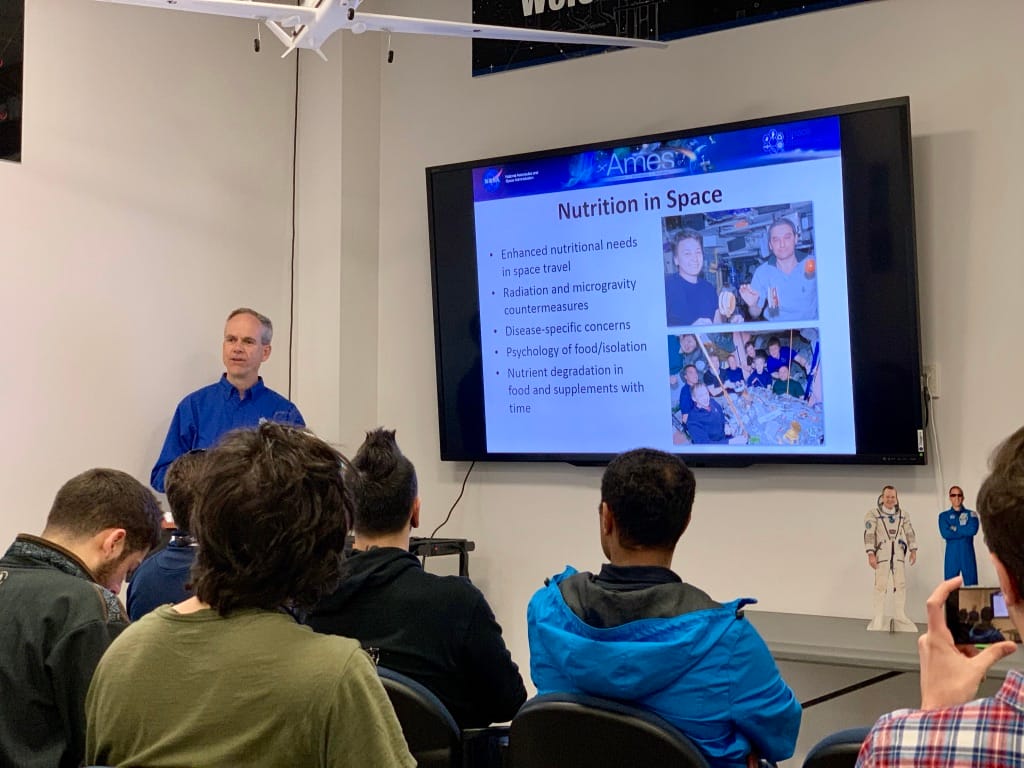

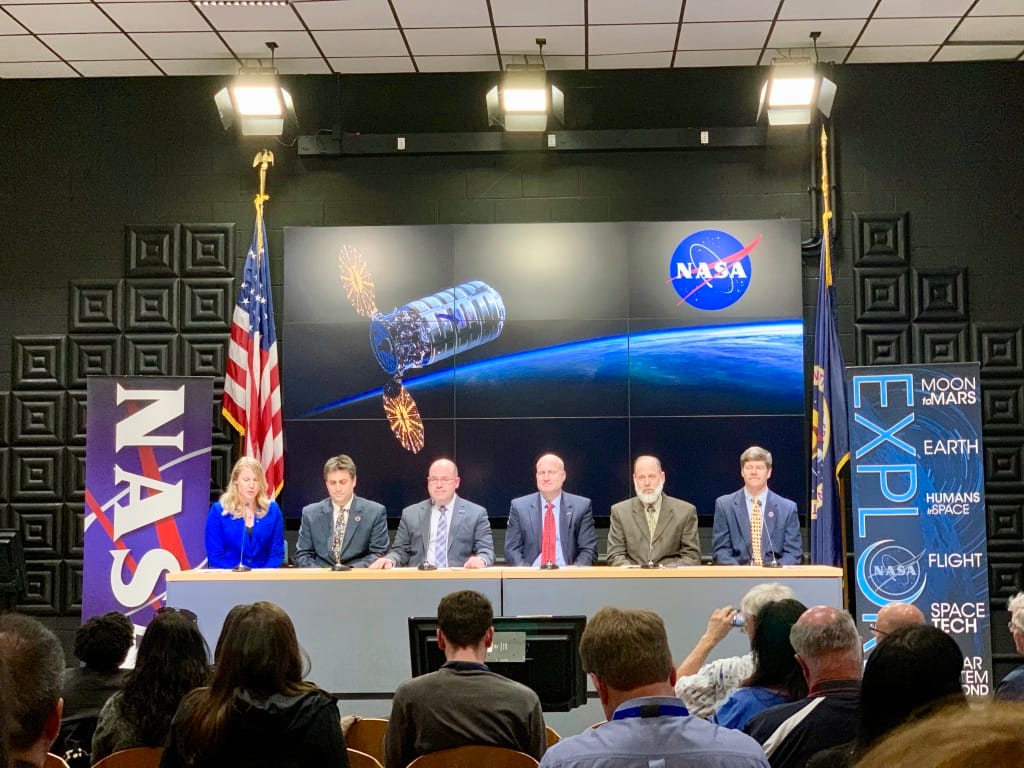
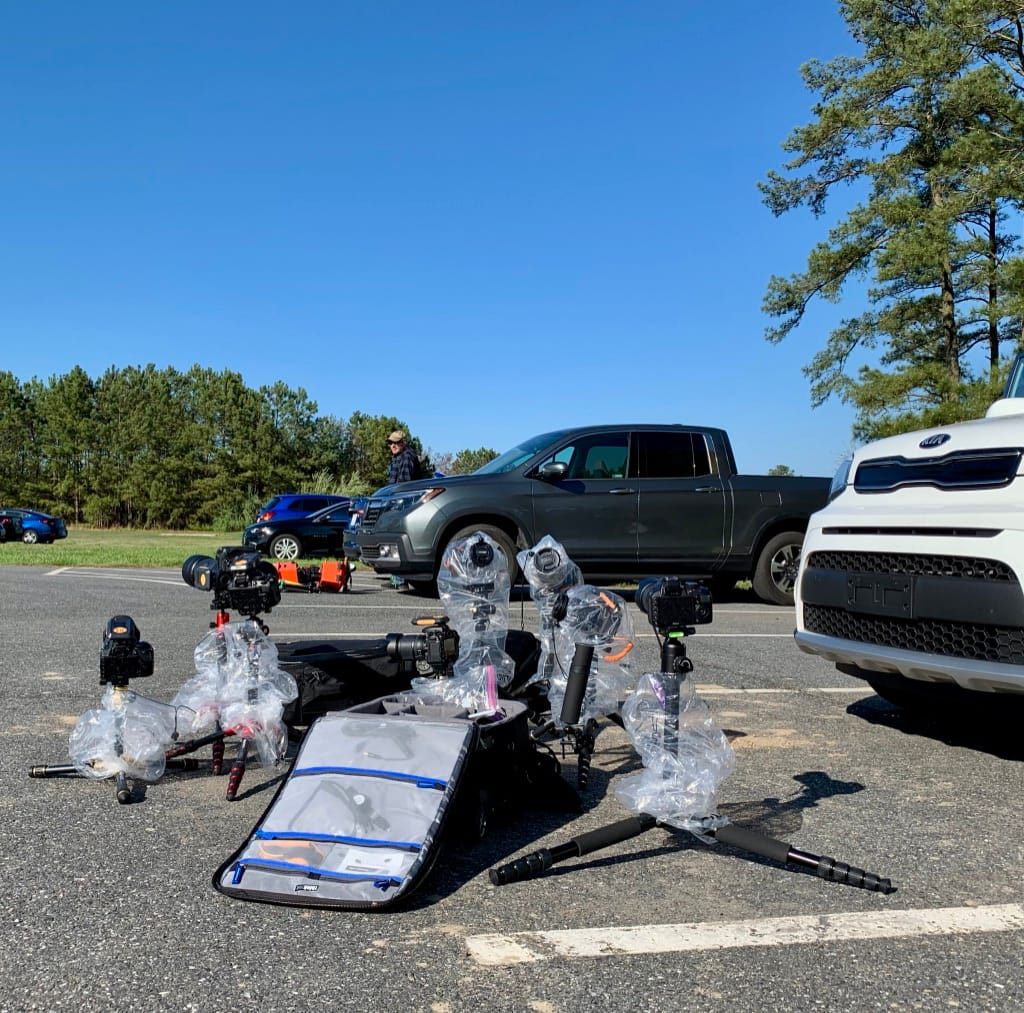
Yesterday, I flew to Washington DC, then drove about 3.5 hours to get near NASA's flight facility at Wallops Island, Virginia, where they occasionally launch rockets. I lucked out on this trip many times over:
- This facility has the closest viewing area to the launchpad of all the Florida, California, and Texas launch sites
- This is the first daytime resupply launch in ages (the last one was at 4 in the morning)
- They're testing out a bunch of new equipment I got to see
- The weather looks to be about perfect for tomorrow
The NASA Social team has been incredible. We've gotten into places few get to see, everyone treats us like royalty, and the whole thing runs exactly on time as set on our itinerary.
We started with a quick get-to-know-everyone meet and greet, then got a private bus trip to a NASA rocket machine shop and testing facility. We got to see where they do bench tests, centrifuge tests, and the smaller scale rockets they test payloads out in before they go into full-sized rockets.
The machine shop was incredible, it smelled amazing, mostly of metal shavings and the sound was an incredible cacophony of white noise from the giant lathes that was really quite relaxing. There were lathes that could spin six to eight foot high pieces of solid aluminum.
Next, we visited the Horizontal Inspection Facility (HIF) where they assemble the fuel stages and propellants as well as pack the payloads. They do it all sideways (and they can now spin them like a hamster wheel so you don't have to reach up to put stuff in) for weeks and weeks packing it just so, then deliver it to the launchpad while still sideways. Then it's raised up. They can fit two full sized rockets in the HIF so we got to see the next rocket being assembled.
There was new tech being tested on tomorrow's mission, which was a new nose cone design that can be popped off and on easily. This means they can hold off to the very last section (less than 12 hours before launch) when loading the very last bits of payload. This allows them to test out perishable experiments that can't sit for weeks inside the HIF garage. Tomorrow's launch features 40 mice testing out the tetanus vaccine, which is only possible because they can be loaded live into their payload boxes just short of the launch.
The total payload of tomorrow's flight is 7600 lbs, and it's 50% a resupply mission to the International Space Station (ISS) and 50% science experiments. One of the other cool new things on this payload was a bunch of drone robots to help maintain the ISS. Previously, the occupants of the ISS would do periodic spacewalks to check on their cooling systems, looking for any ammonia leaks. Once this payload arrives, they'll have essentially giant Roomba drone bots that will continuously check the ISS for leaks with their own ammonia sensors, so the astronauts can work inside instead.
I learned that rockets are standardized in size and shape so all the agencies and countries can work together on the same thing, kinda like a train track having a certain gauge so everything works together. But, technology keeps progressing faster, miniaturizing components to the point where standard rocket payloads can fit a lot more stuff.
The coolest thing we saw was the Thinsat, a tiny (about the size of my hand) ~$10k rig of equipment that can be released and orbit the earth for 5 days while continuously recording data. Virginia's space program is releasing dozens of them as STEM projects for Virginia schoolkids, who each got to pick out what they want to measure and put in their own Thinsat, and all the data will be public and shared among schools.
I can't wait for the launch tomorrow and I sincerely hope it goes off without a hitch. I'll be taking more photos and posting them tomorrow night if all goes well.
If you ever get the chance to attend a NASA Social event, by all means do it. Follow @NASASocial on Twitter, where about once a month they announce applications for upcoming launches. If you can take the time off and fly out to wherever the launch is, apply and get a spot!
Subscribe to our newsletter.
Be the first to know - subscribe today





